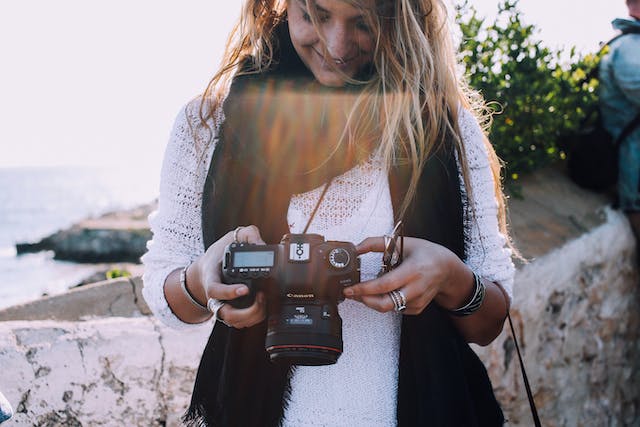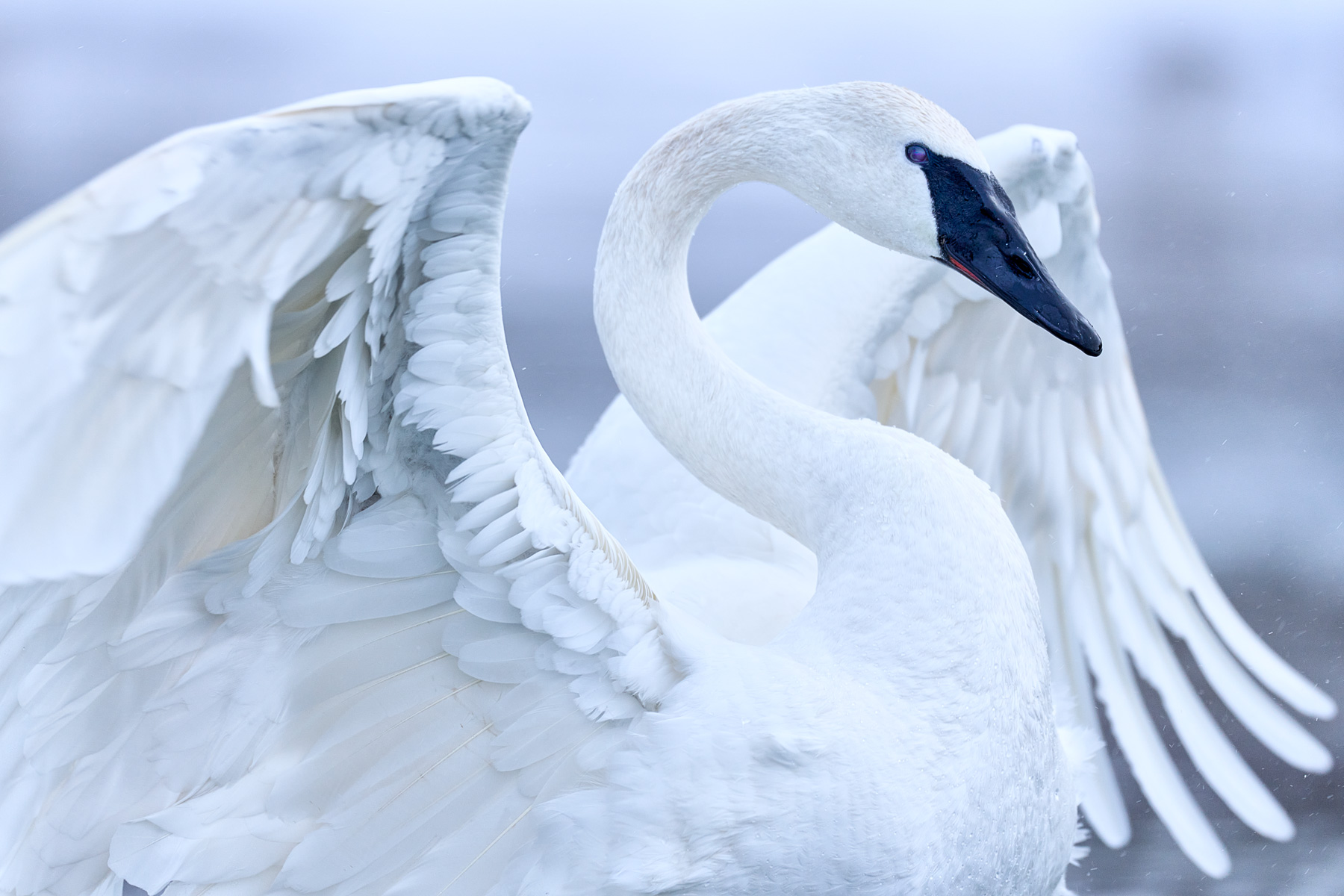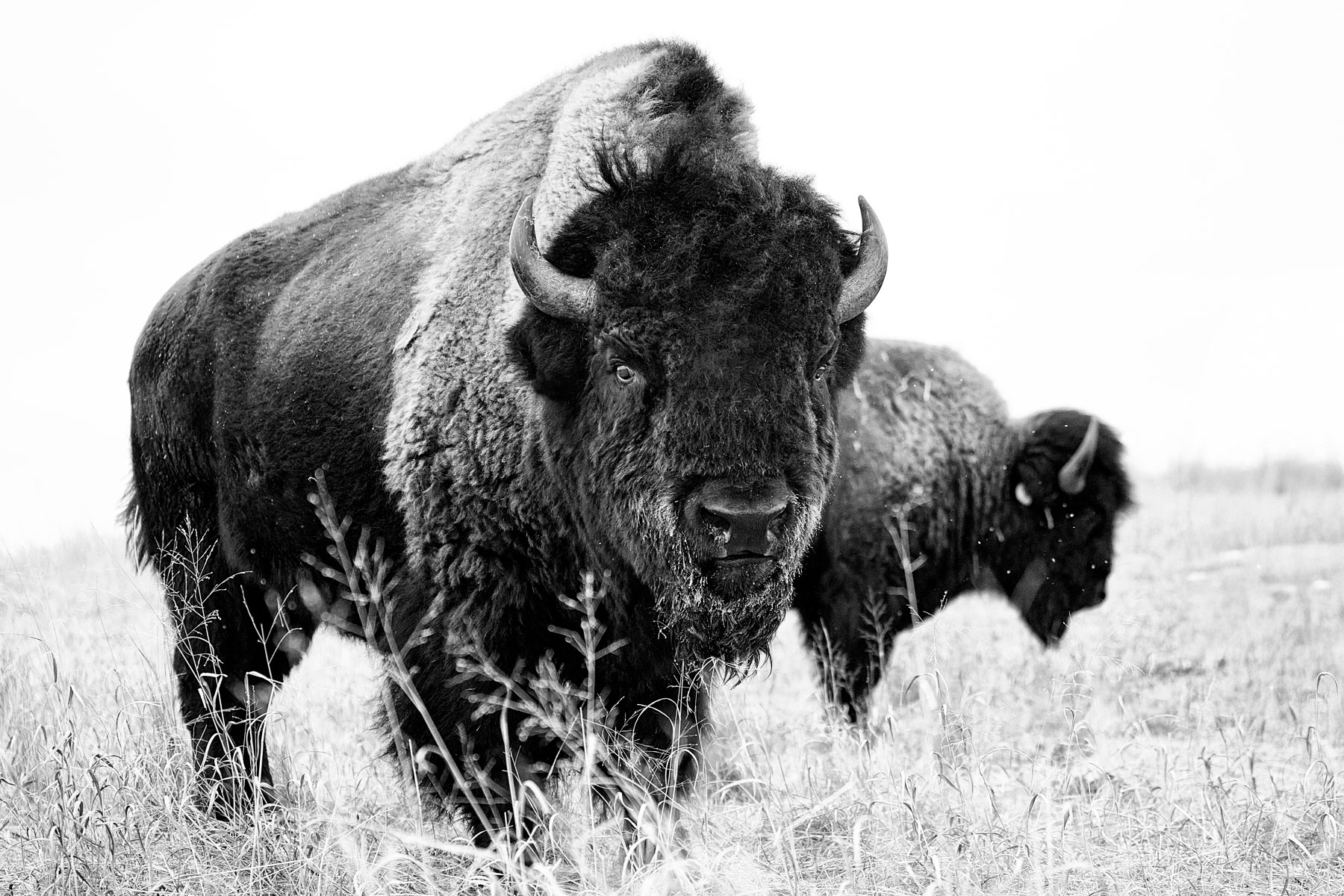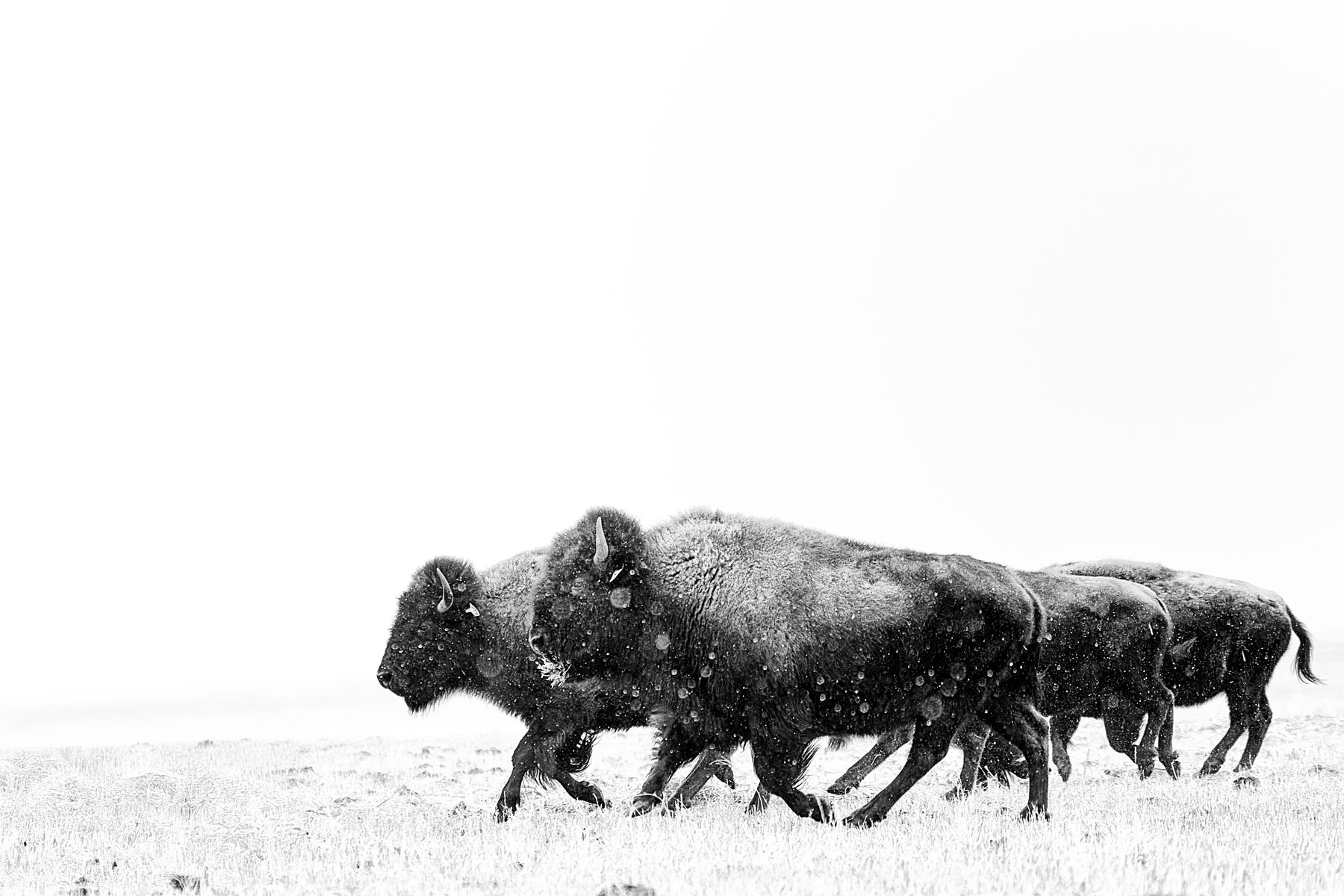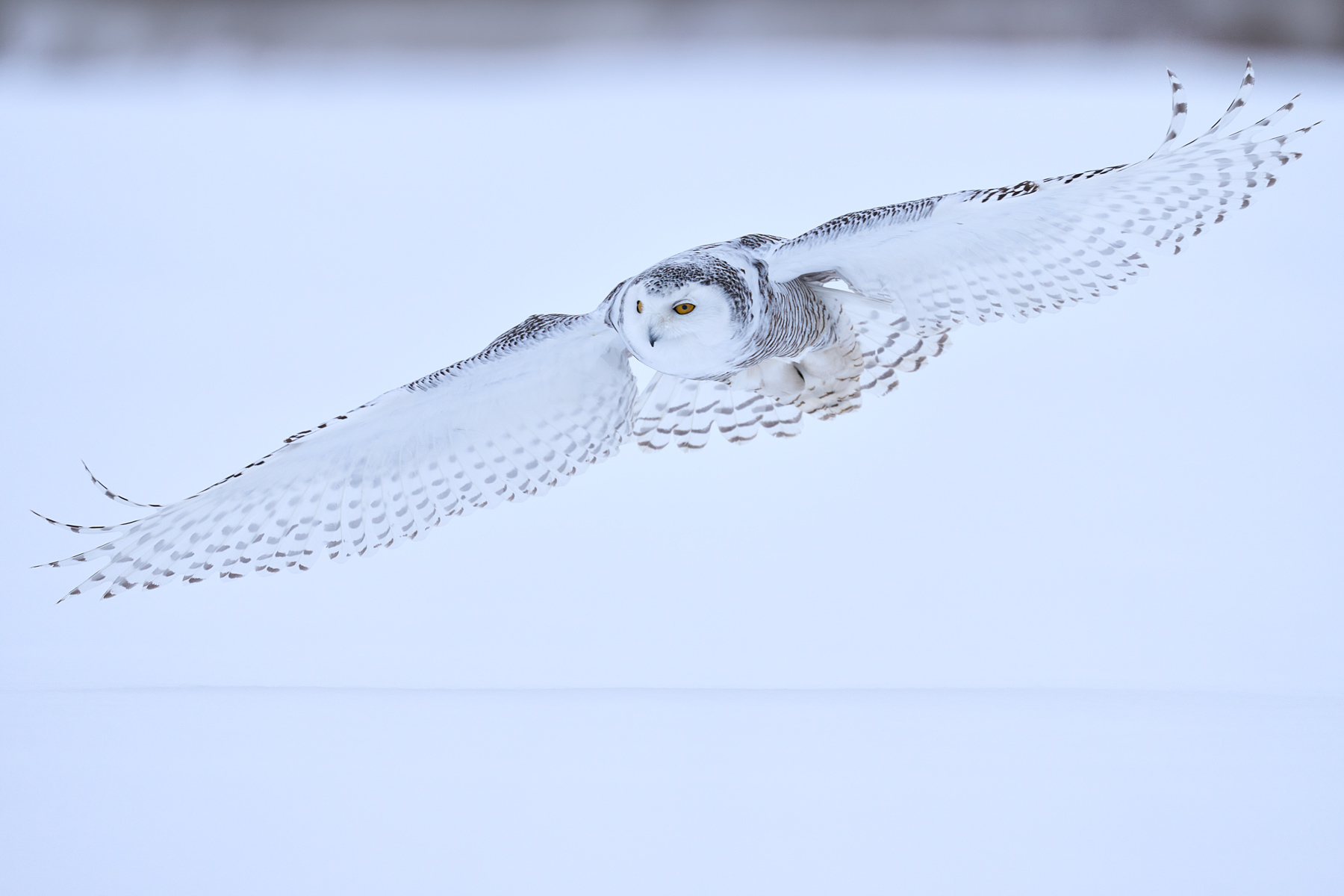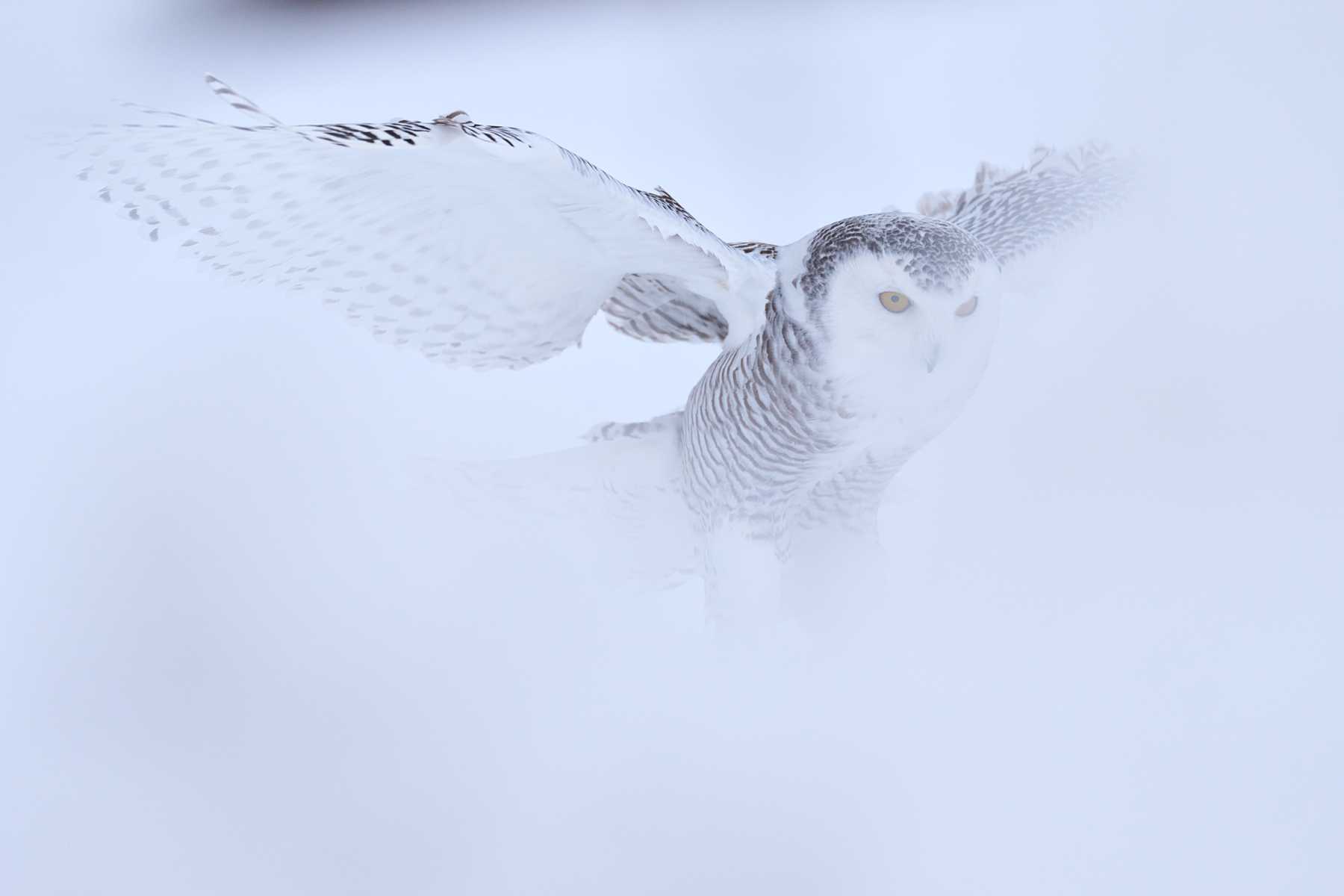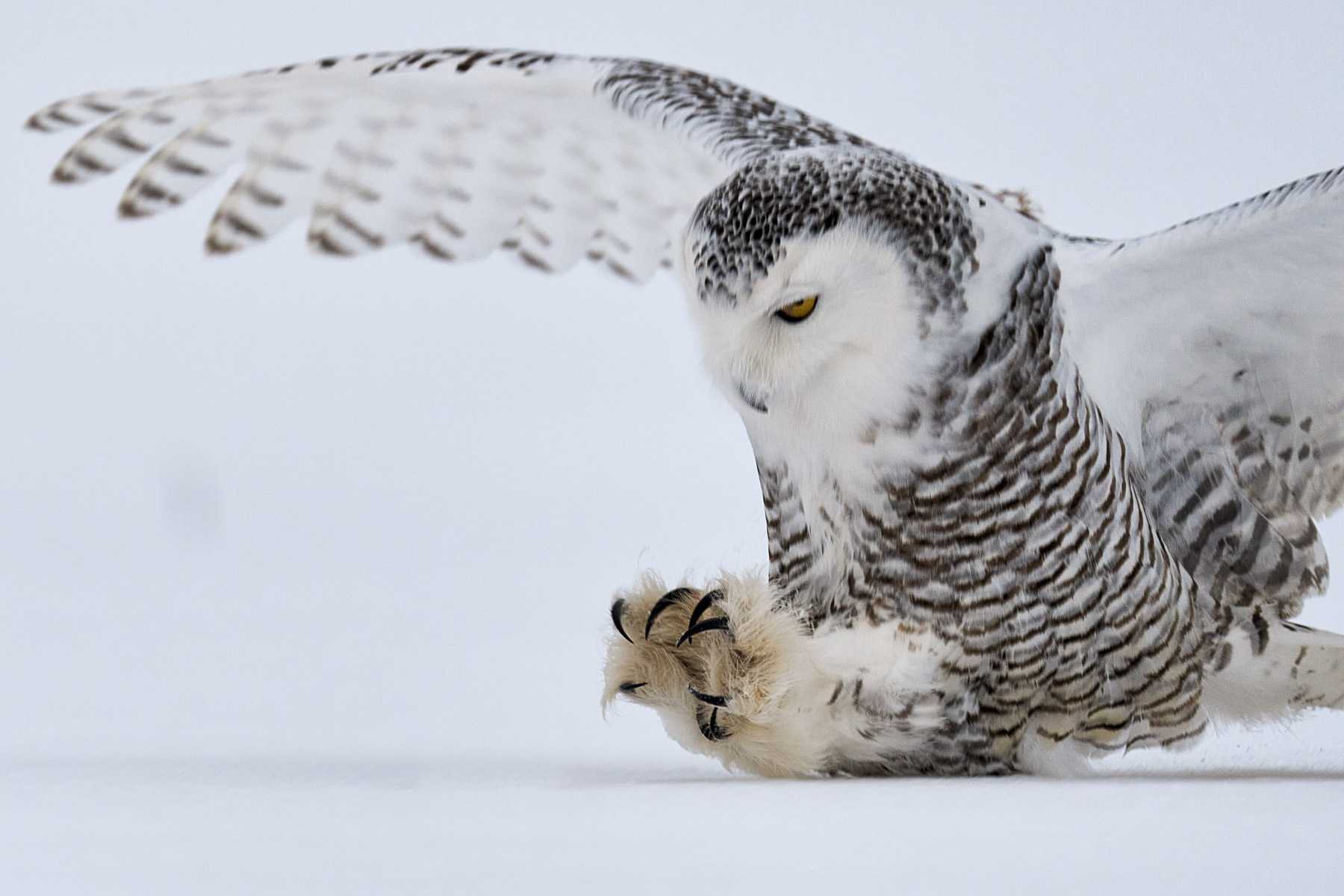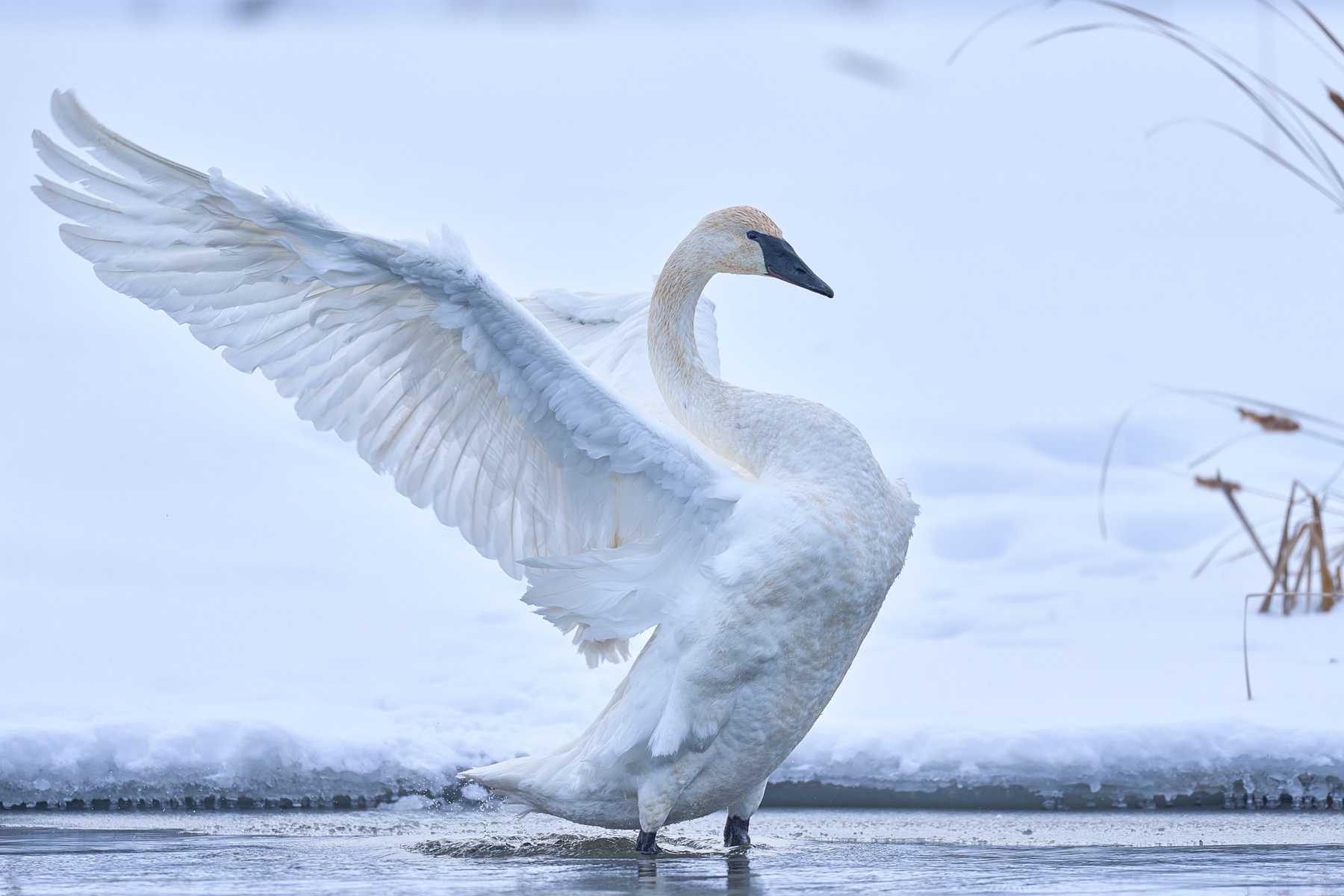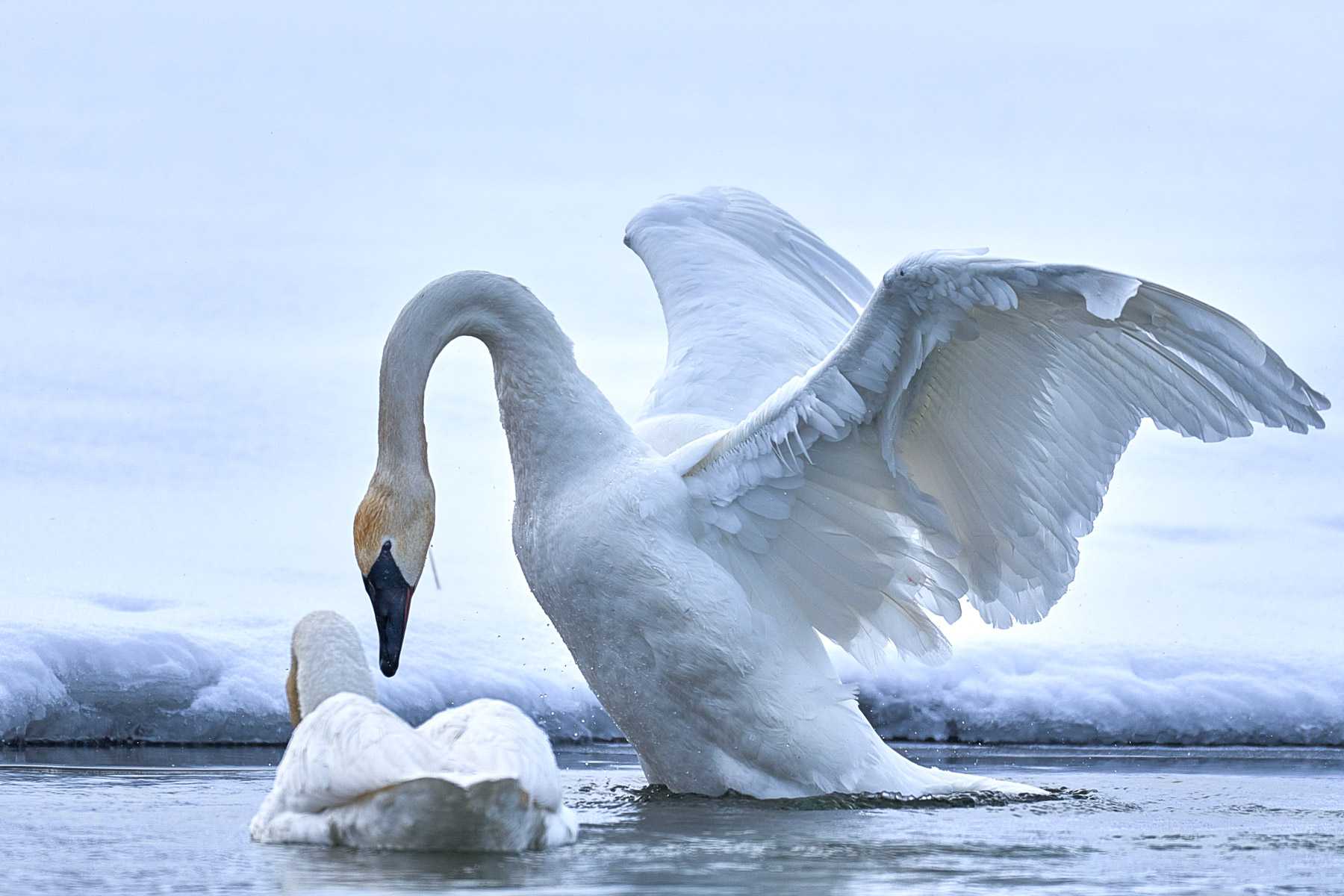For those eager to embark on a journey into the enthralling universe of wildlife photography, there are certain aspects that must be taken into consideration beforehand. Photographers seeking to freeze-frame nature’s beautiful creatures within their own habitats have an opportunity for something extraordinary and need tools such as equipment and strategy in order to make this dream come true!
Key Takeaways on Buying a Camera for Wildlife Photography
- Understand your wildlife photography needs and define the perfect image you want to capture!
- Invest in a camera with superior image quality, fast autofocus capabilities, wide aperture control & durability for any environment.
- Test out different cameras before purchasing & rent options are an affordable way to try it out, get ready for the ultimate photographic journey!
1 Understanding Wildlife Photography Needs
Wildlife photography is an art form that requires precision, timing, and patience. Each picture captures a narrative and stirring emotions while providing one with unique views of the natural world. Any wildlife photographer needs to have mastered certain photographic techniques such as understanding their subject matter, considering the environment around them when taking pictures, and determining what outcomes they’d like from it. Stunning white prints can showcase nature’s beauty in timeless ways suitable for any collection. This type of black-and-white photography also allows you to capture incredible wildlife photos that present both animals in their own habitat and wild animals or activities out there in nature, all through powerful imagery!
Defining Your Subject
Choosing a particular subject for your pictures is much like picking out the colors to paint with or deciding on using monochromatic photos – it limits what you are focusing on, giving you direction and enabling you to make the most of selecting equipment and camera settings. By doing this correctly, an image will be created that has staying power and captures viewers’ attention in its unique way.
Environment and Conditions
The environment and conditions of your shoot can be likened to the stage for a photographic performance. Just as lighting, dimensions, etc., influence performances onstage, these same elements will affect the results from your camera when dealing with light variations. Changes in climate or terrain may also play a role. Keeping all this information in mind helps ensure that you are prepared and have an effective image-capturing device ready for whatever situation arises.
Desired Outcomes
The camera specifications and features you choose should depend on the outcome of your performance that you desire – whether it’s a fine art print, multiple fine art prints, or high-resolution wall art images to be shared online. All this ultimately leads to achieving appreciation in the form of applause.
Camera Specifications for Capturing the Natural World
When it comes to the art photography capturing the marvels of nature through a camera, choosing suitable specifications is no different than having access to the right tools for any task. To make sure you get crisp and colorful wildlife photos, one needs specs such as sensor size and image quality, focusing capabilities plus high ISO performance which guarantee sharpness and vibrancy in their shots.
Sensor Size and Image Quality
The quality and size of your digital camera’s sensor are integral to the success of your digital cameras’ image capturing experience. Bigger sensors can absorb more light, improving picture clarity, especially in dim lighting conditions, ultimately enhancing the overall output captured by digital cameras.
Focusing on Focus
For successful tracking of rapidly changing subjects, it is essential to have efficient autofocus capabilities that allow you to quickly and accurately lock on the target, just like an archer focusing their sights. This ensures no special moment gets missed out due to blurred or misfocused shots.
Handling High ISO Performance
Setting a high ISO is a fine art, much like adjusting the intensity of your stage lighting, essential to getting an image that remains sharp and clear when shooting in dark settings. The right balance between brightness and preserving quality must be maintained for successful results.
Lens Considerations: Reaching for the Right Shot

When it comes to wildlife photography, choosing the right lens is just as important as selecting a good telescope for stargazing. A telephoto lens will let you capture far away subjects in more detail while aperture can be used to adjust how much light gets into your camera’s lenses.
It is essential that when considering cameras and lenses for your photographic journey, that they are compatible and offer potential upgrade options should you choose to develop and perfect your skills. With higher quality equipment over time.
The Long Reach: Telephoto Lenses
When it comes to wildlife photography, telephoto lenses are an invaluable tool that lets you take pictures of far-off birds and animals without intruding into their environment. Just like binoculars, these lenses allow for capture at extended distances. Perfect when trying to get photos with minimal disturbance.
Aperture Advantages
The aperture of a lens is analogous to the iris in an eye, allowing it to dictate how much light reaches its sensor. This capability makes capturing images possible even under poor lighting conditions, as well as providing photographers with control over depth-of-field for creative effects in color photography.
Compatibility and Upgradability
It is imperative for your camera system that lenses be compatible and upgradable, just like a key fits into its lock. This allows the connection between your device and lenses to run smoothly so you can have access to modern technology advances in the future.
Durability and Portability for the Field

A camera’s durability and portability are like a warrior’s armor and agility. Safeguarding it from hazardous environments as well as unintentional harm, while granting landscape photographer the flexibility needed during lengthy photo shoots outside.
Weather Sealing and Rugged Build
Just like a knight’s armour, your camera can be protected from severe conditions and harm by weather sealing and the strong construction. This ensures that it will stay protected no matter what Mother Nature throws at it in life.
Weight and Ergonomics
The feel and design of your camera should be like a comfortable glove that provides ease in use during extended shooting adventures outdoors. Weight, ergonomics, and other features all work together to ensure you have the best possible experience when capturing those perfect shots.
Budgeting for Your Passion
Making a financial plan for your photography hobby requires estimating how much you can reasonably spend, carefully investing in quality camera gear and accessories that have long-term utility along with the ability to be upgraded or resold.
Setting a Realistic Budget
Creating a practical budget is like plotting the navigation for your voyage. It helps you determine what’s essential, allowing you to wisely choose camera and lens gear investments.
Investing Wisely
When investing, it is important to make the most suitable decision for your financial future. This means taking into consideration factors such as overall long-term value and resale potential along with how well any chosen option can integrate with possible upgrades in the future.
The Power of Post Processing
Post-processing is a magical tool which can turn wildlife and landscape images into captivating artworks. The power of RAW processing and compatibility with software are its salient features, allowing you to craft your pictures as one would do in Photoshop.
RAW Processing Capabilities
RAW processing is akin to the artist’s tools, such as brushes and paints. It enables better control over wildlife photographs when adjusting them. This grants increased flexibility for edits on your images.
Software Compatibility
Software compatibility makes sure that your camera’s files can seamlessly be used with the editing software of your choice. It’s just like how a remote control works in perfect coordination with a TV to provide you an optimal experience.
Testing Before Purchasing
Before investing in a product, it is important to evaluate and get hands-on experience with it. This also applies when purchasing parallels. Making sure the choice fits within your budget while fulfilling all necessary needs can be ensured through renting options or trying them on first before committing financially.
Hands-on Experience
Wildlife photography is a field that requires specific cameras and lenses to get the desired results. To ensure this, it’s best to gain some hands-on experience with digital nature photography first: take a test drive of different options available so you can find what works for your wildlife photographs.
Renting Options
Renting gives you an opportunity to try out equipment without the requirement of making a costly purchase, thus allowing for informed decision-making regarding your finances and what item best suits your needs. Just like how books can be borrowed from libraries, renting offers flexibility that ensures satisfaction with whatever choice is made.
Summary
Wildlife photography is an intriguing world of capturing images that tell stories, stir up emotions and display the amazing variety of nature. To ensure a successful picture-taking experience, we have to make sure all important elements are taken into consideration, such as selecting the right camera and lens for your needs, having durable gear suitable for harsh environments, keeping weight in mind when investing in equipment, and utilizing post processing techniques to highlight details among other factors. As you explore this remarkable wildlife world with your trusty camera remember pictures go beyond simply pressing buttons – it’s about keeping memories and wonderful moment alive forever!
Frequently Asked Questions
What questions to ask when buying a camera?
It’s essential to look into reviews, consider the features and compare prices when buying a camera in order to make sure you get the right one for your needs. Make sure that you are satisfied with what is being offered by thoroughly evaluating all of these points before making any decisions.
What are two important questions that you should ask yourself before a photo shoot?
Are you set to snap the ideal photograph? Consider these two crucial questions: what is the primary focus and intention of your photo shoot? Answering them will guarantee a successful result!
How do I choose a wildlife photography camera?
When picking a camera for wildlife photography, key features to consider are its weight, ISO capacity shutter speed, and points of autofocus, as well as the frames per second rate it’s able to capture. Buffer size and image stabilization abilities should also be taken into account so you can get great results.
What is the first and most important question to ask yourself before making a photograph of something?
Before shooting anything, ask yourself the purpose of taking a photograph and if what appears in your viewfinder is accurate to what you’re trying to capture. It’s important that the audience comprehends and values each single image taken, so having an intention for every shot is essential. Make sure whatever vision gets depicted through the lens accurately reflects the desired outcome.
What is the importance of RAW processing capabilities for wildlife photography?
Wildlife photographers have the full ability to edit and modify their photos in order to create captivating wildlife shots that will make an enduring impact. RAW processing offers them freedom of control when capturing these moments, ensuring no detail is missed.

